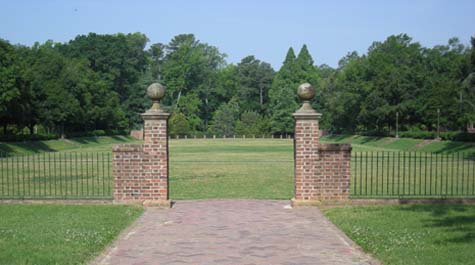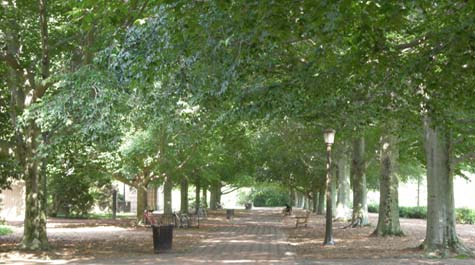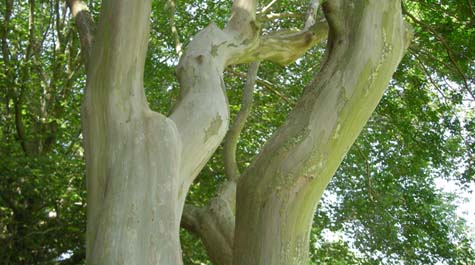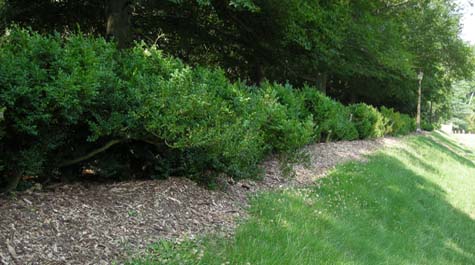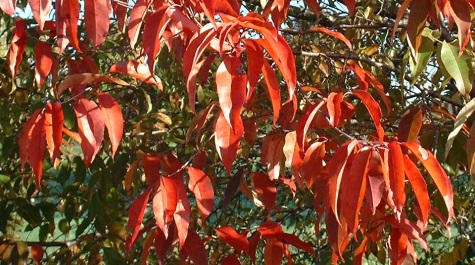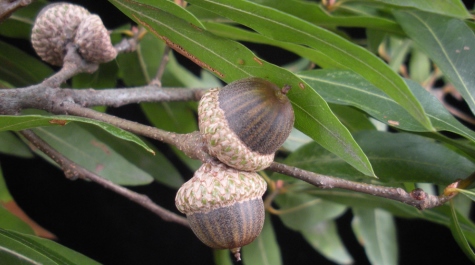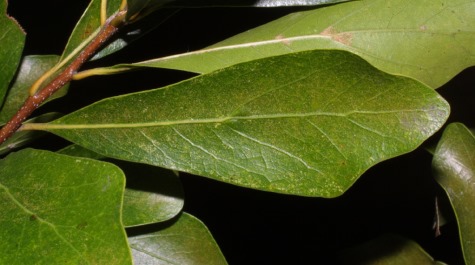Sunken Garden
The Sunken Garden extends west from the Wren Building and serves as a place for relaxation and recreation. Its design follows the spirit of eighteenth-century English landscape gardens, which abandoned the geometric parterres of Europe in favor of sweeping lawns intended to uplift the spirit by leading the eye toward a distant, natural setting. In our case that setting is Crim Dell, a campus jewel preserved so that, in the purported words of Thomas Jefferson, "the College shall forever look upon the country."
Initial design of the Sunken Garden was by College Architect Charles M. Robinson, in the early 1920s, and reportedly was based on Sir Christopher Wren's plans for the Chelsea Hospital. Budget concerns caused the idea to be shelved until 1933, when President Chandler reported to the Board of Visitors that a Civilian Conservation Corps camp had been assigned to the College for the purpose of beautifying and improving the grounds. Charles Gillette, a Richmond landscape architect, was appointed to supervise the work, which took place 1935-36.
As you look toward the sunken garden from the steps of the Wren building, you will note two very large and stately oaks along the walk to the garden, a willow oak to the south (Quercus phellos) and a water oak (Quercus nigra) to the north. These are assuredly among the oldest trees on campus. Just southeast of the water oak is an unusually full specimen of black gum (Nyssa sylvatica). Its early and splendid fall color are assets to any landscape plan and its fruits are food for wildlife.
Common boxwood (Buxus sempervirens) line either side of the Sunken Garden, flanked by rows of American Beech (Fagus grandifolia) and Crape Myrtle (Lagerstroemia indica).














